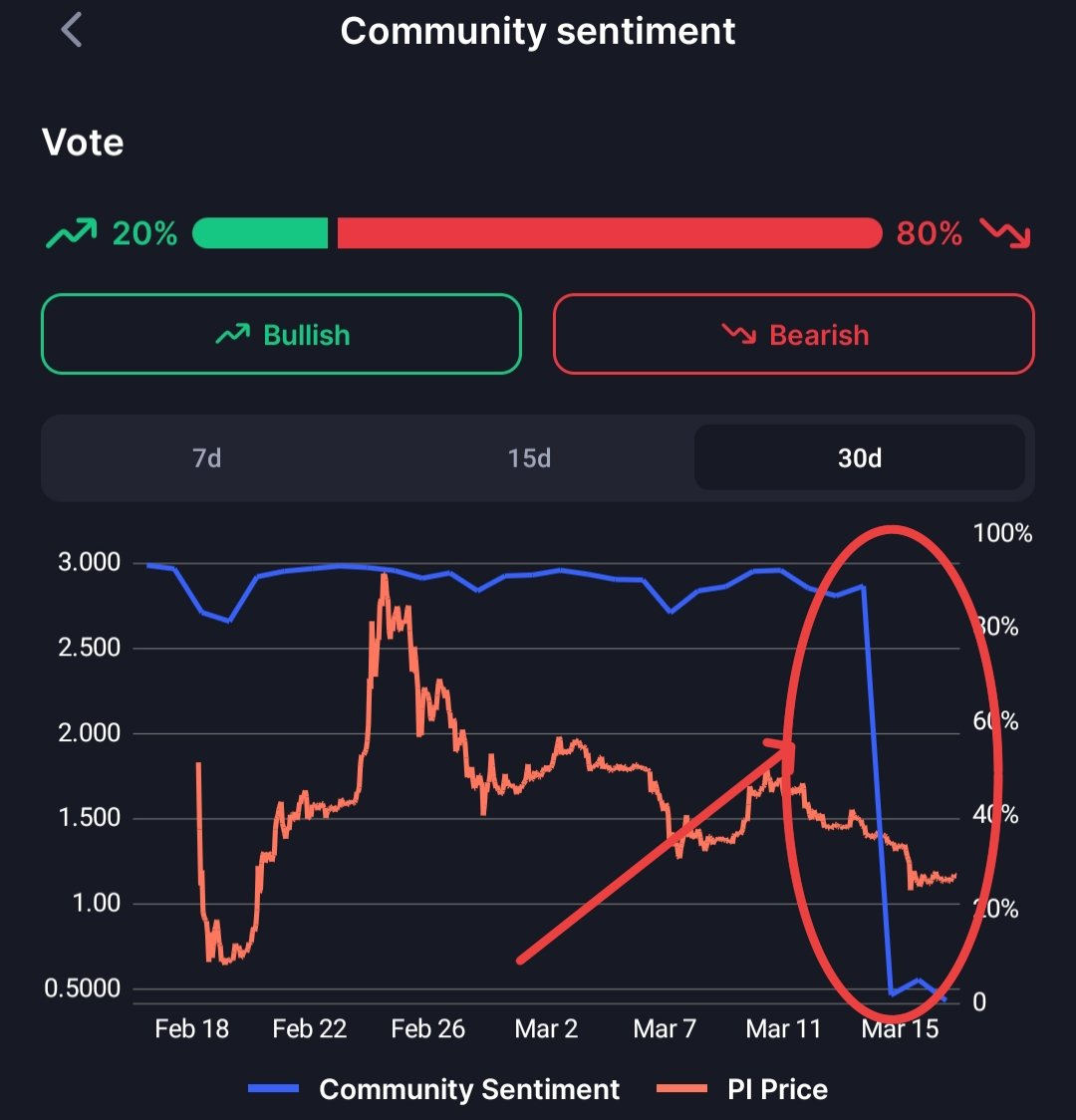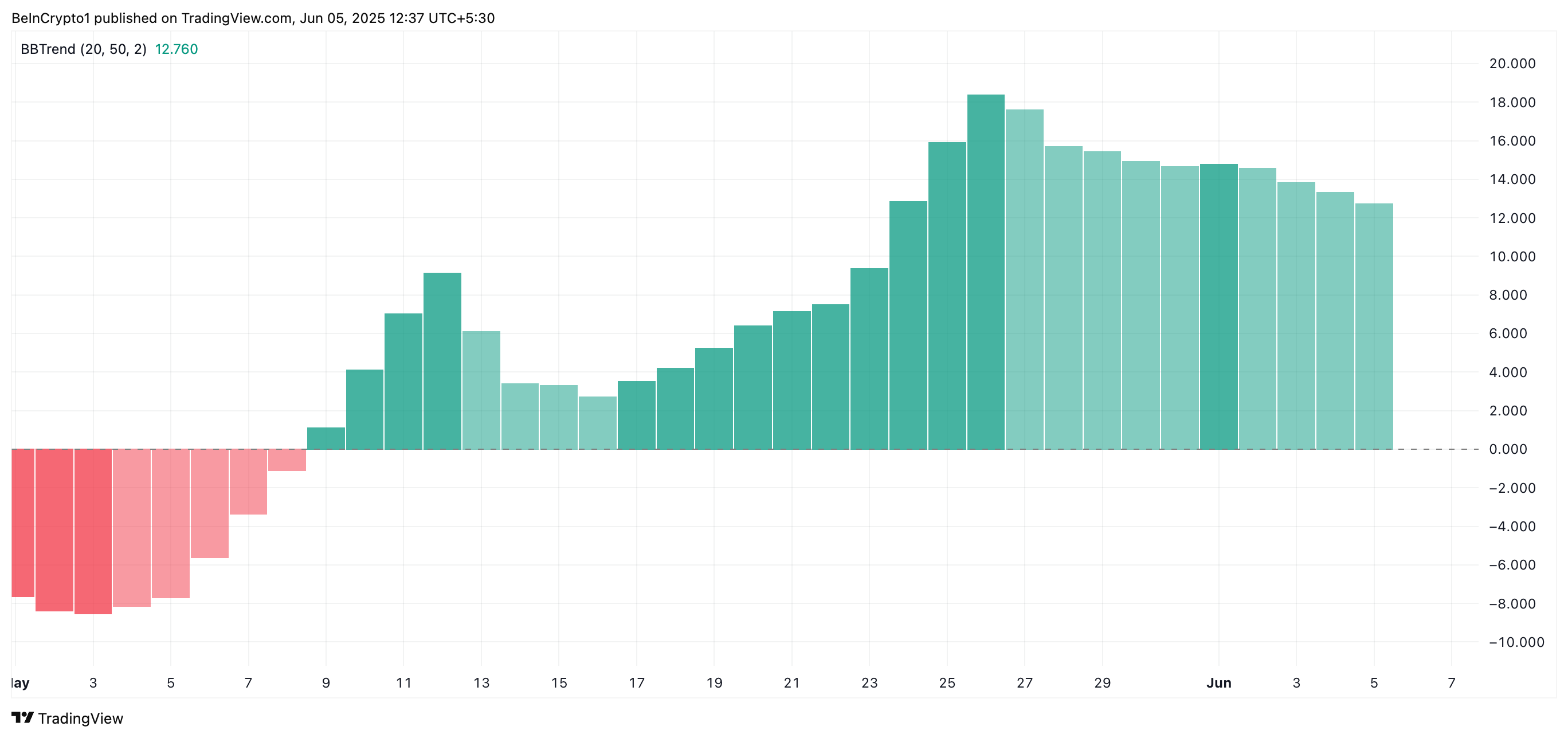AI coins like HOLLY, PROMPT, and DSYNC have seen notable Smart Money accumulation in recent weeks. Over the past few weeks, these three projects have stood out in on-chain activity.
Specifically, HOLLY brings visual storytelling to blockchain, PROMPT powers AI interactions across chains, and DSYNC focuses on AI and DePIN infrastructure. Despite contract risks flagged by GoPlus Security, these AI coins show rising adoption, strong trading activity, and expanding holder bases.
h011yw00d by Virtuals (HOLLY)
HOLLY, short for h011yw00d, is an AI-powered cinematic agent that turns internet conversations into short visual films. Unlike traditional formats, it tells stories without dialogue or captions, using only visuals to express emotion and narrative. As a result, the project offers a new way to interpret online interactions through AI filmmaking.
The team launched HOLLY four days ago on the Base chain. Since then, it has reached a market cap of $1.2 million and gathered over 48,000 holders.

According to Nansen, the number of Smart Money wallets holding HOLLY increased from 5 to 10 since April 18. Together, these wallets now hold around 13.4 million tokens. Additionally, the team launched the token via the Virtuals Protocol platform, one of the biggest players in the crypto AI agents space.
One of HOLLY’s top holders uses a wallet that Nansen, an on-chain analytics platform, labeled as linked to LongHash Ventures. Meanwhile, GoPlus Security, a crypto security firm, points out two key risks: the team can modify HOLLY’s tax, and they didn’t renounce ownership—both important factors for traders to monitor.
PROMPT
PROMPT is the native token of Wayfinder, an omni-chain tool designed to enable AI systems to operate across blockchain environments.
Wayfinder aims to create new methods for machine intelligence to interact with decentralized networks, facilitating more advanced on-chain AI integrations. PROMPT serves as the core asset within this ecosystem, supporting the platform’s operations and functionality.

Between April 9 and April 14, Smart Money wallets holding PROMPT jumped from zero to 20. That number has stayed the same for the past eight days.
PROMPT runs on the Ethereum blockchain. It has around 5,600 holders, a market cap of $53 million, and a daily trading volume of $706,000.
GoPlus Security flagged two risks. The team didn’t renounce ownership, and the contract allows new tokens to be minted. That could increase supply and push the price down.
Destra Network (DSYNC)
Among emerging AI coins, Destra Network positions itself as a decentralized solution for DePIN (Decentralized Physical Infrastructure Networks) and AI computing, aiming to streamline access to these technologies through a unified platform.
Currently, DSYNC has a market cap of $140 million and is held by over 48,000 wallets.

Since April 1, the number of Smart Money wallets holding DSYNC has grown from 41 to 44, and the token has seen a price increase of more than 13% in the past 24 hours. Over the same period, its trading volume reached $455,000.
According to GoPlus Security, DSYNC has two points of caution: the contract’s tax settings can be modified, and the token’s ownership has not been renounced—factors that could pose risks depending on future changes to the contract.
The post Top 3 AI Coins Smart Money Wallets Are Buying For the Last Week of April appeared first on BeInCrypto.






